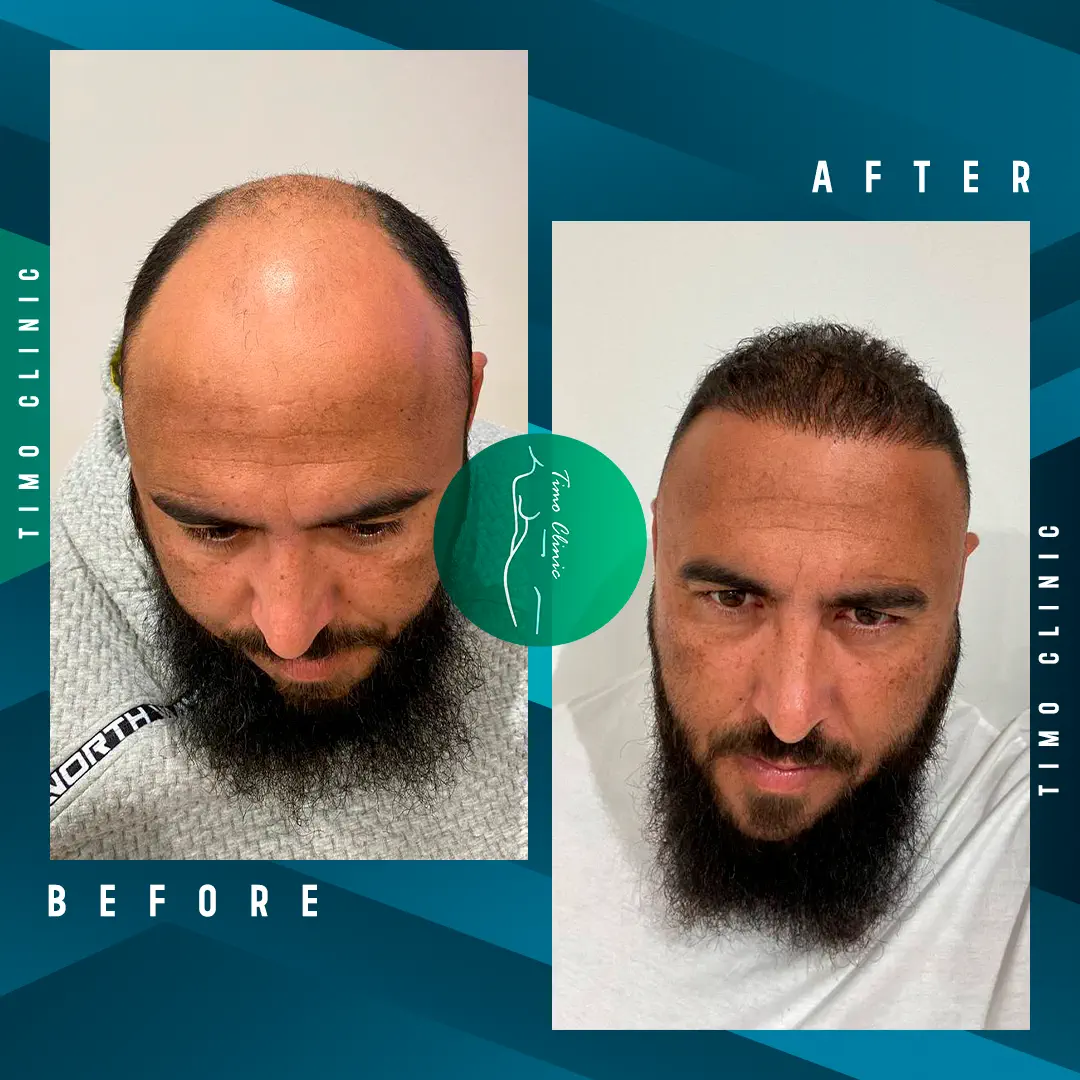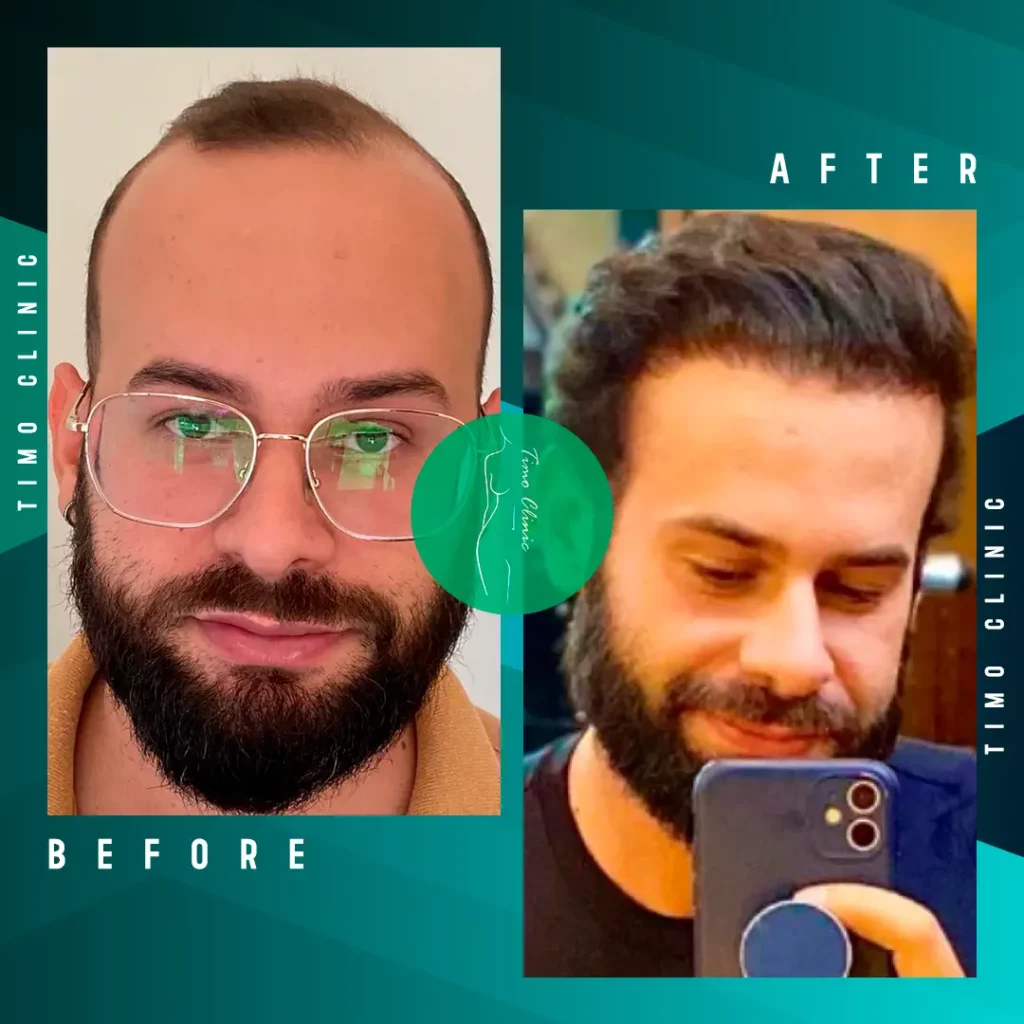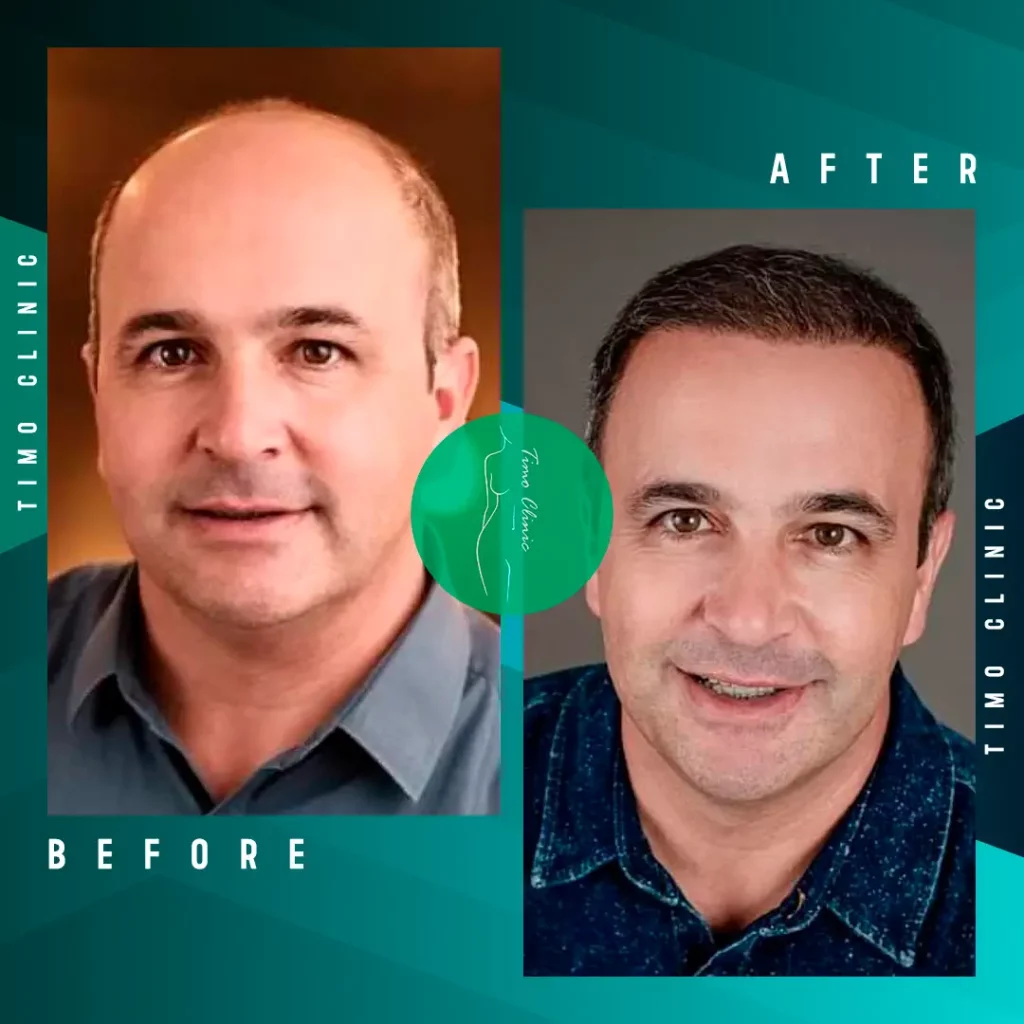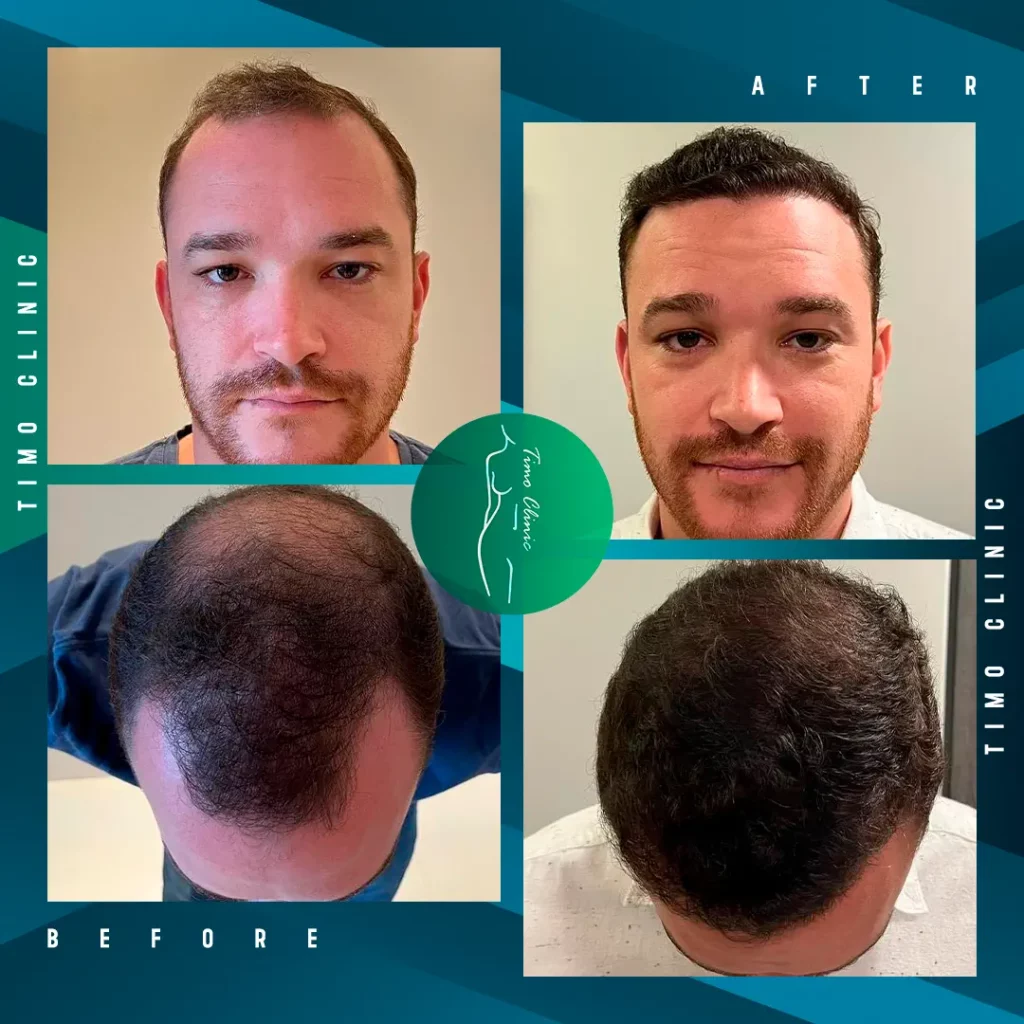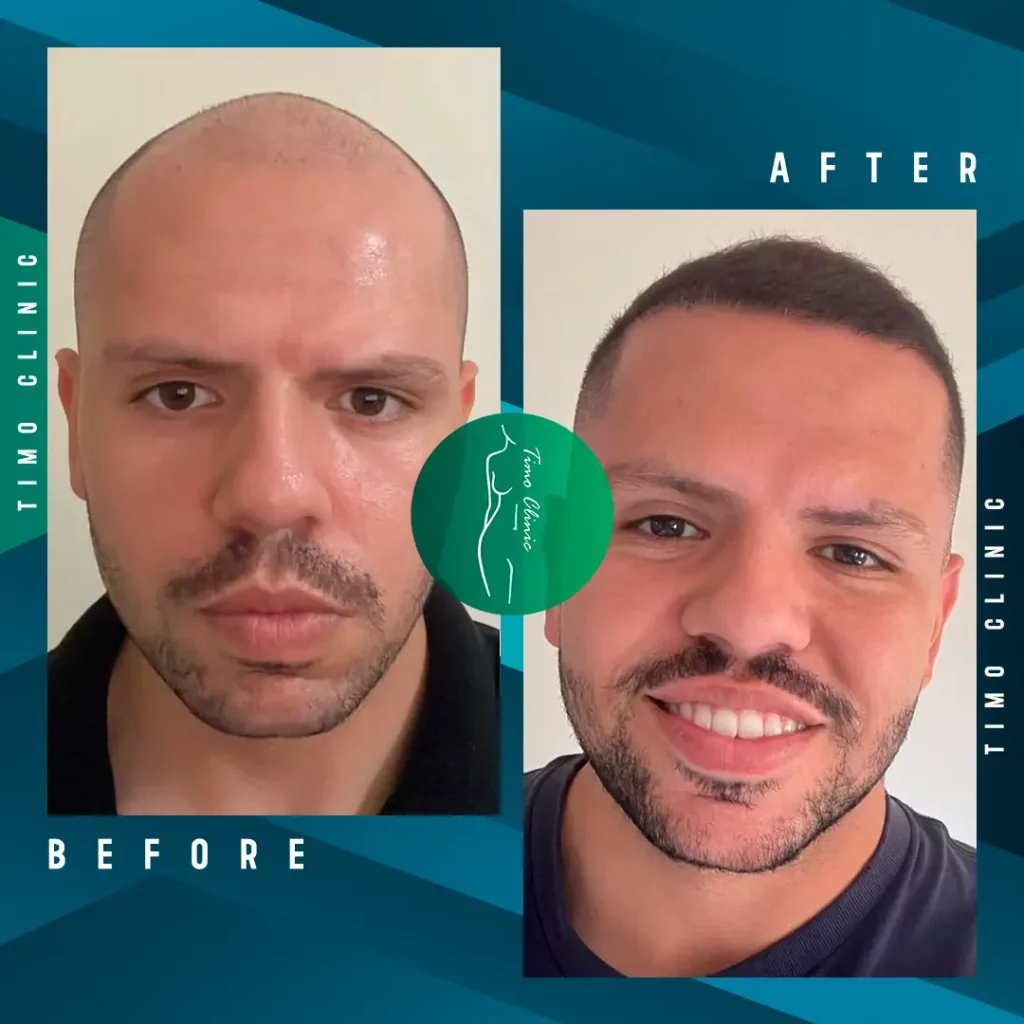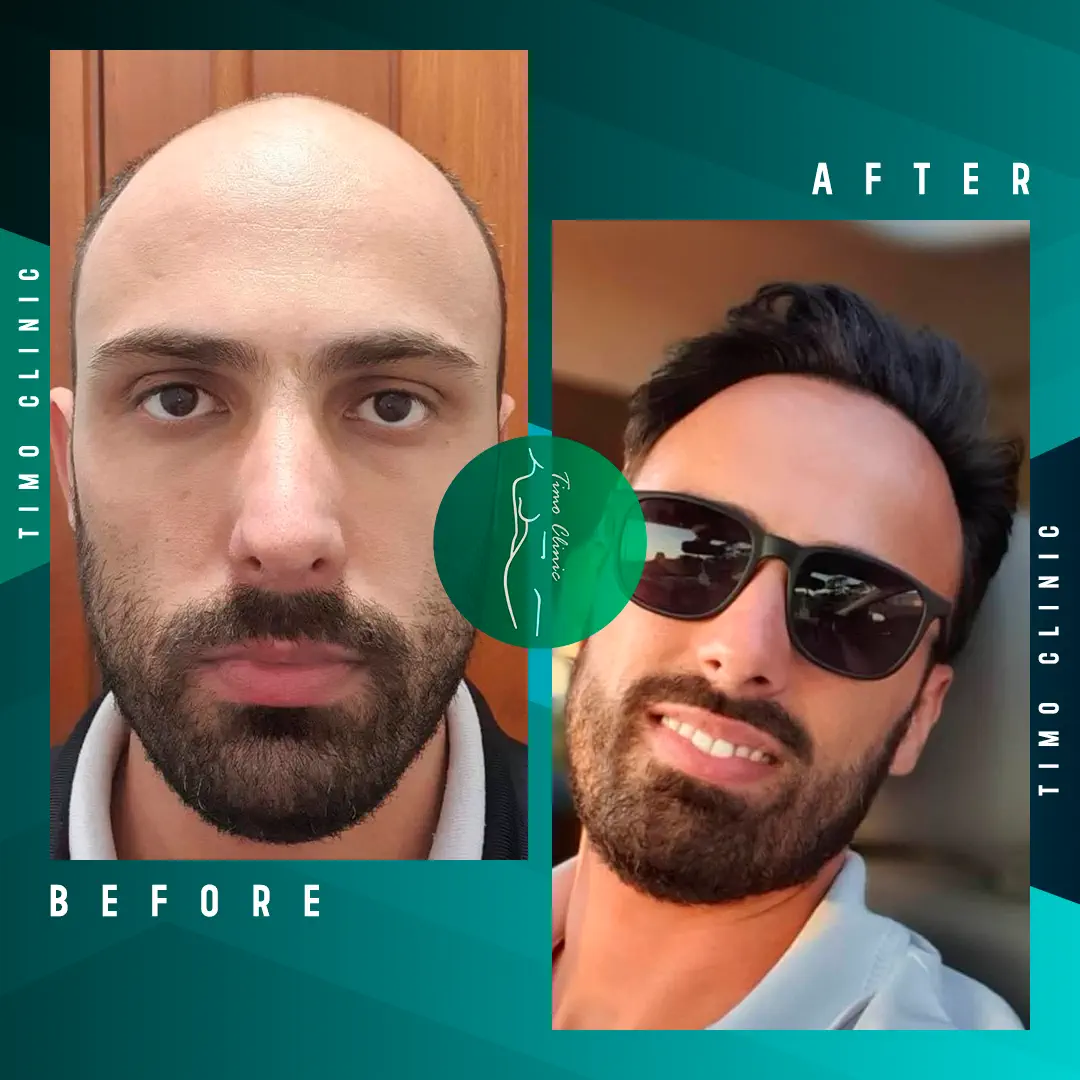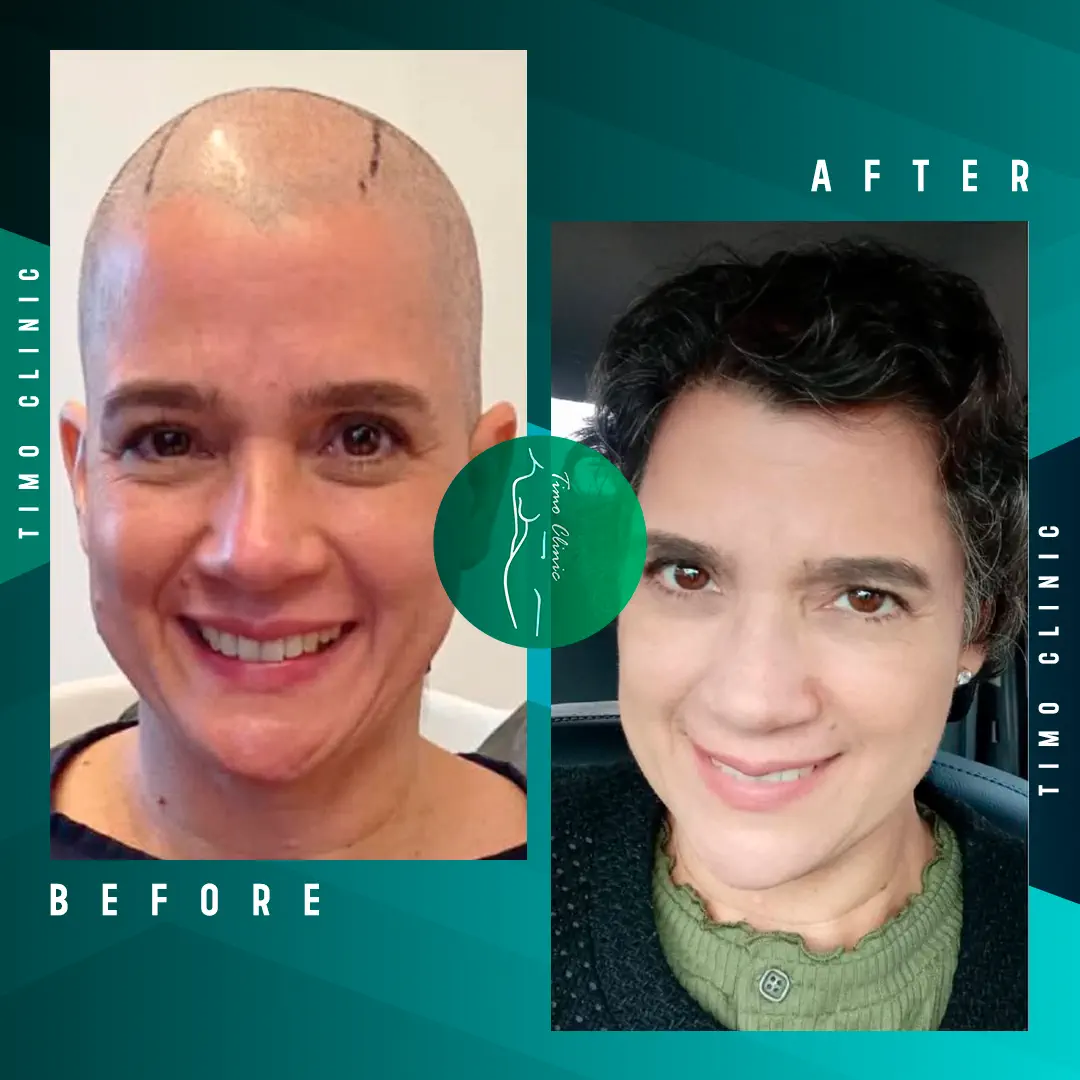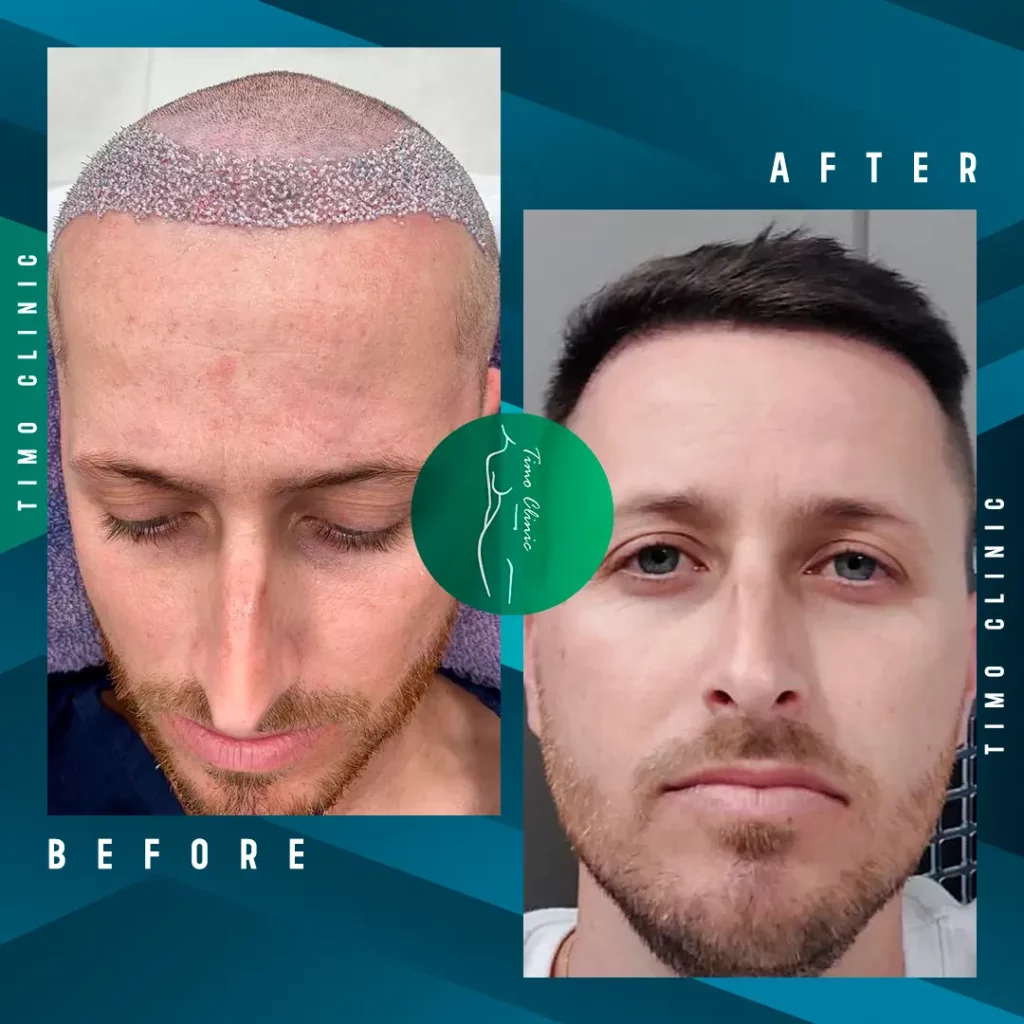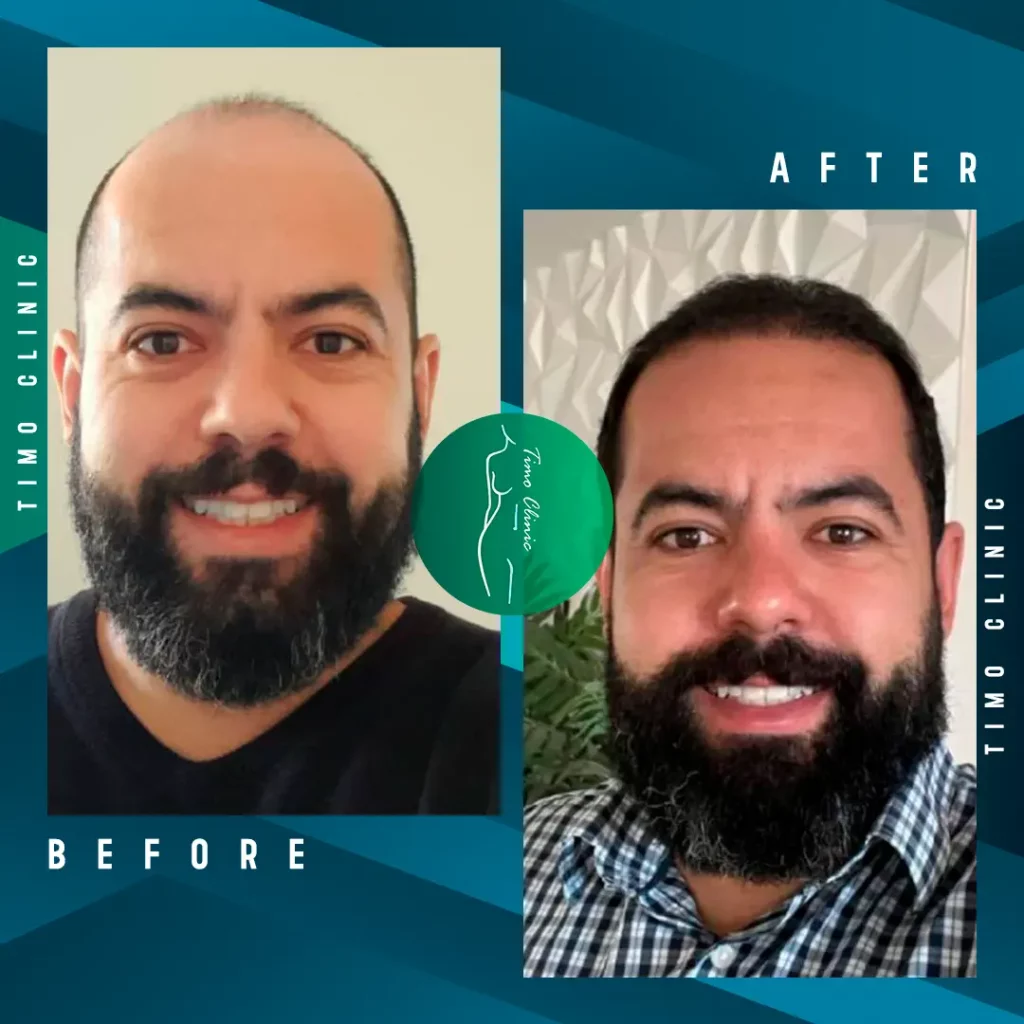Beard Hair Transplants Procedure
Similar to hair thinning and baldness, many people also suffer from beard and moustache patchiness and irregularity. The reasons for this vary from genetics to hormonal imbalance and or lifestyle and dietary factors. Luckily, with this age and time, there is a solution for everything. Facial hair transplant is a great and viable option to consider if you suffer from the above.
FUE beard hair transplant is very similar to Sapphire FUE hair transplant. It is performed under local anesthesia and follows the same procedure steps as the hair transplant. In addition, it is an outpatient surgery that takes anywhere between 3 – 5 hours and gives you the best natural results and beard line.
Like mentioned above, mustache hair transplant is also an available solution for those who find it difficult to grow a thicker mustache. Mustaches are signs of power, sophistication, and style worldwide. Moreover, they are labelled by many as “men’s makeup” because of its ability to enhance one’s look. If you are suffering from beard or mustache hair loss, then FUE beard or mustache hair transplant is the perfect solution for you.

How Does a Beard Transplant Work?
After booking your free consultation with one of our hair transplant surgeons, you will both decide on the beard transplant procedure that is not only going to maximise your end results, but work around your busy schedule.
On the day of your beard transplant, the Sapphire FUE procedure requires the need for local anaesthetic. This will ensure you won’t feel a thing and can fully relax during the procedure.
Following this, the new beard design will be performed and is then followed by hair extraction from your donor area. The donor area is the area at the back and sides of the head as these follicles are not affected by the hair loss hormone dihydrotestosterone (DHT) and thus are the perfect ones to use. They will then be implanted into the affected area.
Fast forward a few months in order for your new beard hair to grow, you will notice that your new beard will have a natural appearance, looking much fuller than before. What is even more impressive is that your transplant will continually promote beard growth long into the future. It really is a long-term solution!
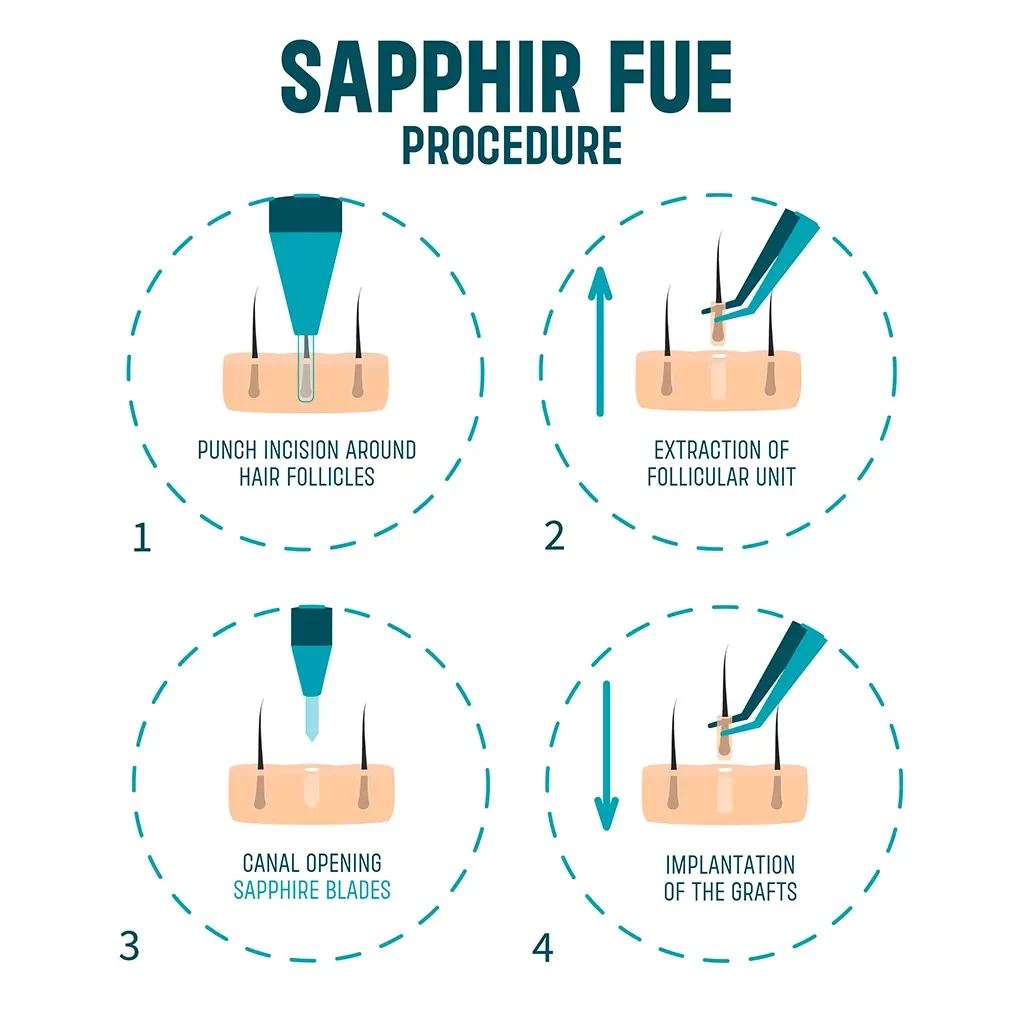
The Four Stages of Beard Hair Transplant
Step 01
Punch Incision Around Hair Follicles
Sapphire FUE hair transplant will be conducted once the surgeon will apply the local anesthesia on the donor area. Hair follicles will be extracted from the donor area using a specialized instrument micromotor with micro punches by the size of 0,6 – 0,7 – 0,8 diameters.
Step 02
Extraction Of Follicular Unit
Hair follicles will be extracted one by one from the donor area.
Step 03
Canal Opening
The channels in the recipient area are opened using the Sapphire blade.
Step 04
Implantation Of The Grafts
The extracted follicles will be transplanted into the small incisions that have been created on your recipient area with proper density, angle and direction of hair growth. This precision will determine the look of your hair and its appearance.
Results and Beard transplant Aftercare
The results of Sapphire FUE surgery are certainly to be desired! When compared to alternative treatments, no other procedure or remedy quite compares. Sapphire FUE not only ensures that you will leave our clinic with results that are almost noticeable immediately, but that you will be able to grow a fuller beard for years to come.
With Sapphire FUE surgery, you can typically expect all scarring to have healed within 6-7 days. Moreover, as there are no need for stitches (as there is with FUT surgery), no patient has complained of scalp tightness or major pain after the surgery.
Why Should I get a Beard Transplant?
There are many reasons as to why patients come to us wishing for a beard transplant. Whether it be for a medical purpose, a decision to cover up visible scarring, or a need to restore some much needed self-confidence, we have you covered! Anyway, on with the explanations…
- Alopecia Barbae, defined as hair loss in the beard area, is a common problem facing men of all ages. Characterised by symptoms such as hair shedding, redness on the face and neck, the appearance of bald spots on the face, there are a range of explanations for the condition:
- Facial Trauma – the experience of physical trauma, from events such as car crashes or chemical burns, are a common explanation for facial baldness. Many patients who have experienced this want a beard transplant to hide any signs of visible scarring.
- Medical Treatments – Often, cancer treatments such as chemotherapy and radiotherapy have many negative side effects. One of which is the experience of hair loss all over the body. Unfortunately, beard hair is no less susceptible.
- Alopecia Barbae – This autoimmune disease, sometimes labelled as the ‘smaller brother’ of alopecia areata, is where the body’s immune system attacks (and shrinks) hair follicles in the facial area.
- Trichotillomania – this is the name given to a psychological condition in which patients (often unknowingly) cause facial hair loss through constant touching, pulling, and straining of the beard.
It is currently estimated that 55% of men across the world have beards. What’s more is that this number is seen to be continually rising across the world. The percentage of men with beards has increased from 37% in 2011 to 42% in 2016. As a result, those unable to grow fuller beards look for solutions to fit in with this rising trend.
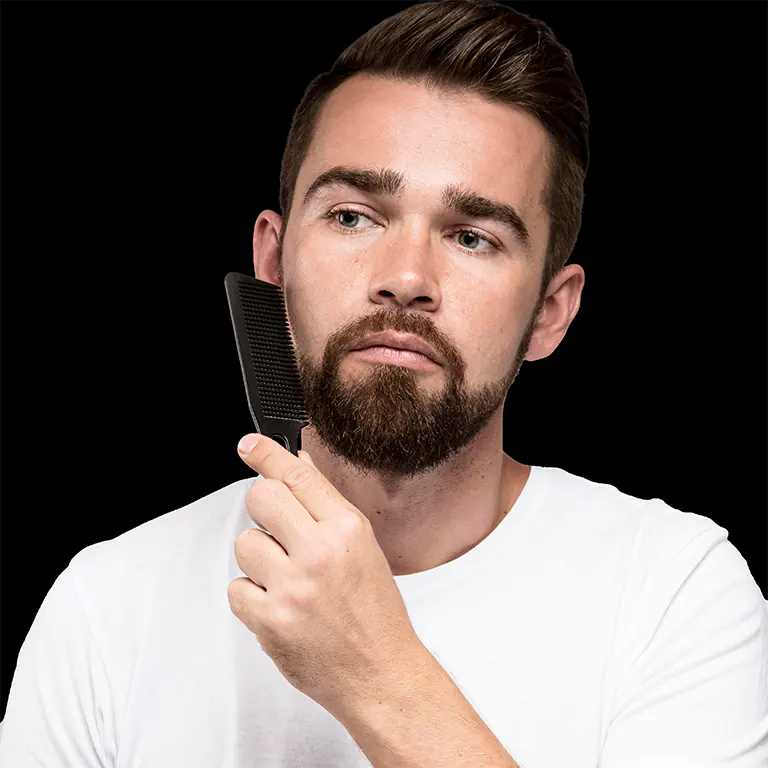
Who is a Suitable Candidate
- An individual who has hair on their body such as the back of the neck, side of the head
- Should not be suffering from any lethal disease such as cancer
- Should have healthy hair on their donor area
- An individual with good immune system as it will reduce the risk of complications
Advantages of Beard Transplantation
- Growth in beard hair will regain the self confidence
- Treatments which our surgeons are going to use will be minimally invasive and leave bit or almost no scars
- Growth of natural looking hair that will last forever
- We will provide you with technique that guarantees of overall follicular distribution does not change
After Beard Transplantation
✓ Beard Transplant in Istanbul should take approximately 1 or 2 days to recover from the beard transplant surgery
✓ There may be tiny crusts of hair that will form because of newly implanted follicles which will flake out within a few days
✓ After 10 days, you will be able to start shaving and trimming your beard normally
✓ Your new beard hair may fall out of 2 to 3 weeks, which is absolutely normal in order for new hair to grow
Frequently Asked Questions
However, there are treatments available. Get in touch to discuss your beard hair loss condition with our medical team.
Timo Clinic
We enjoy providing the benefits and improved quality of life that surgeries can give to you. We offer the most advanced form of services, making these procedures available to the widest variety of patients possible. Please contact us today to schedule your consultation.
- Phone: +90 544 762 98 71
- Location: Kağıthane, İstanbul, TURKİYE
- Mon - Fri: 9:00 am - 5:00 pm

